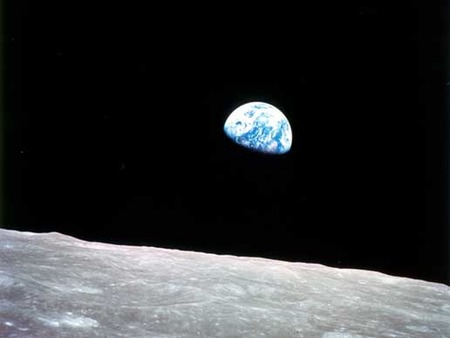 We wrote about NASA’s interest in 3D space printing here and here, but now there is interest from an independent space printing company: Made In Space, recently founded by students from The Singularity University.
We wrote about NASA’s interest in 3D space printing here and here, but now there is interest from an independent space printing company: Made In Space, recently founded by students from The Singularity University. At last week’s SSI Space Manufacturing Conference, several folks from Made in Space presented “3D Metal Printing in Space: Enabling New Markets and Accelerating the Growth of Orbital Infrastructure”. The idea is straightforward, and brilliant: don’t spend money sending completed items on expensive rockets into space; instead send a 3D printer and make what you need onsite.
Of course, the premise assumes you have the right raw materials present to feed the printer, which obviously must be rocketed upwards. You might save weight by avoiding sending up unused spare parts on spec, but on the other hand you might send raw print material up that never gets used.
This is a trade off that must be examined carefully, but we think there’s likely a large number of spare parts on the space station that could be manufactured as required, assuming you had a sufficiently capable 3D printer onboard. According to Made In Space’s co-founder, Jason Dunn, launch weight might be lowered by as much as 30% by printing fragile items in orbit, rather than overbuilding them just to survive violent rocket launches.
Made In Space intends to actually test their idea by performing 3D printing in weightless and airless environments, perhaps initially by less-expensive suborbital flight paths. Eventually, if things work out, they hope to send a printer into orbit for further testing.
If they can figure out how to make this work, it could significantly change space exploration. Imagine a 3D printer-equipped lander on Mars, building structures, expanding itself and constructing test equipment all from native materials. Imagine further the improvements to 3D printing technology that would result from NASA and others heading down this path. Talk about useful spin-offs!
Via SPACE.com

